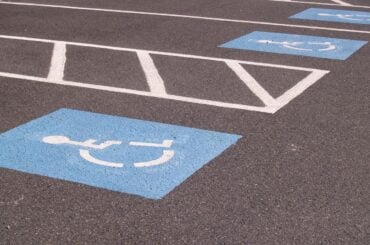May is Asian Pacific American Heritage Month, and whether your family is of Asian, Pacific Islander, or Native Hawaiian descent or not, it’s a great reminder to learn more about America’s rich and diverse AAPI history.
If you or your kids haven’t learned a whole lot of Asian American history in school or the media, you may not realize how long and involved that history is. Over the past few centuries (yes, centuries!), Asian Americans and Pacific Islanders have been making huge contributions to America’s arts and culture, economy, politics, athletics, scientific fields, and more.
Use the following AAPI trivia questions and answers to test your true knowledge of American history, but also as a guide to what you could research more together — during Asian Pacific American Heritage Month and beyond!
As a bonus, read about how AAPI history impacts our daily lives, the incredible diversity that exists within the label “Asian,” and how to talk to your kids about Japanese internment camps.







